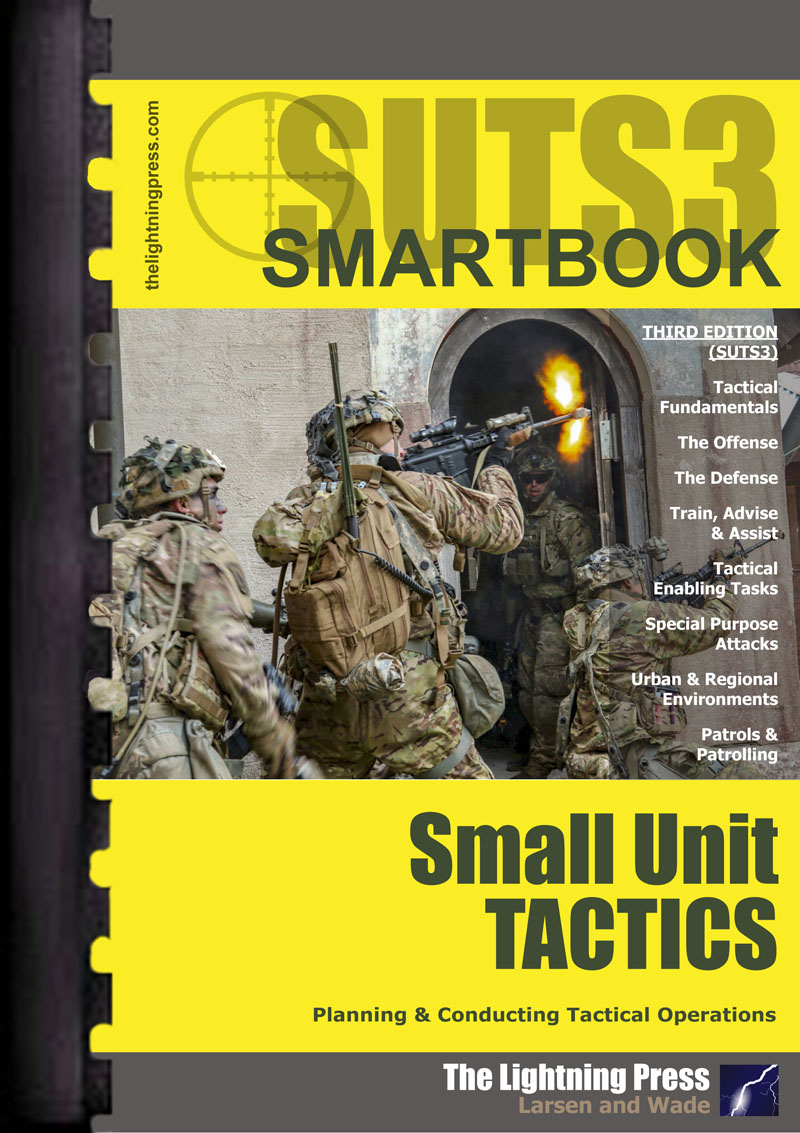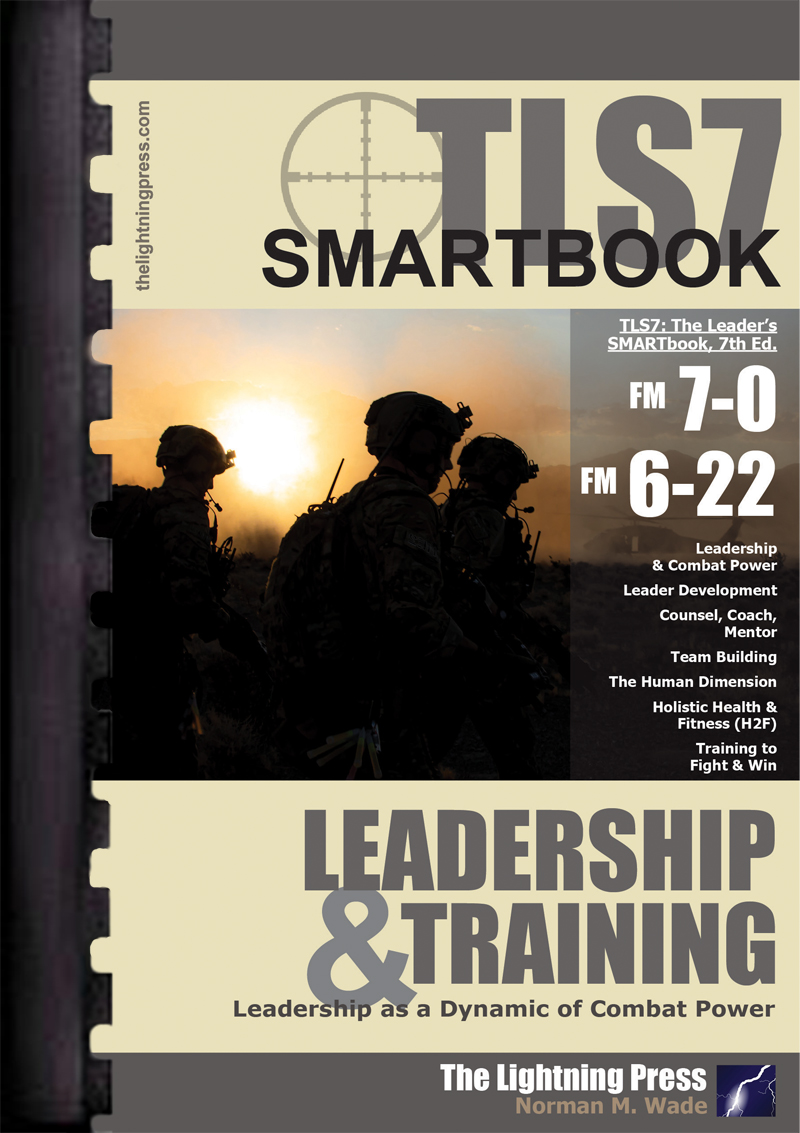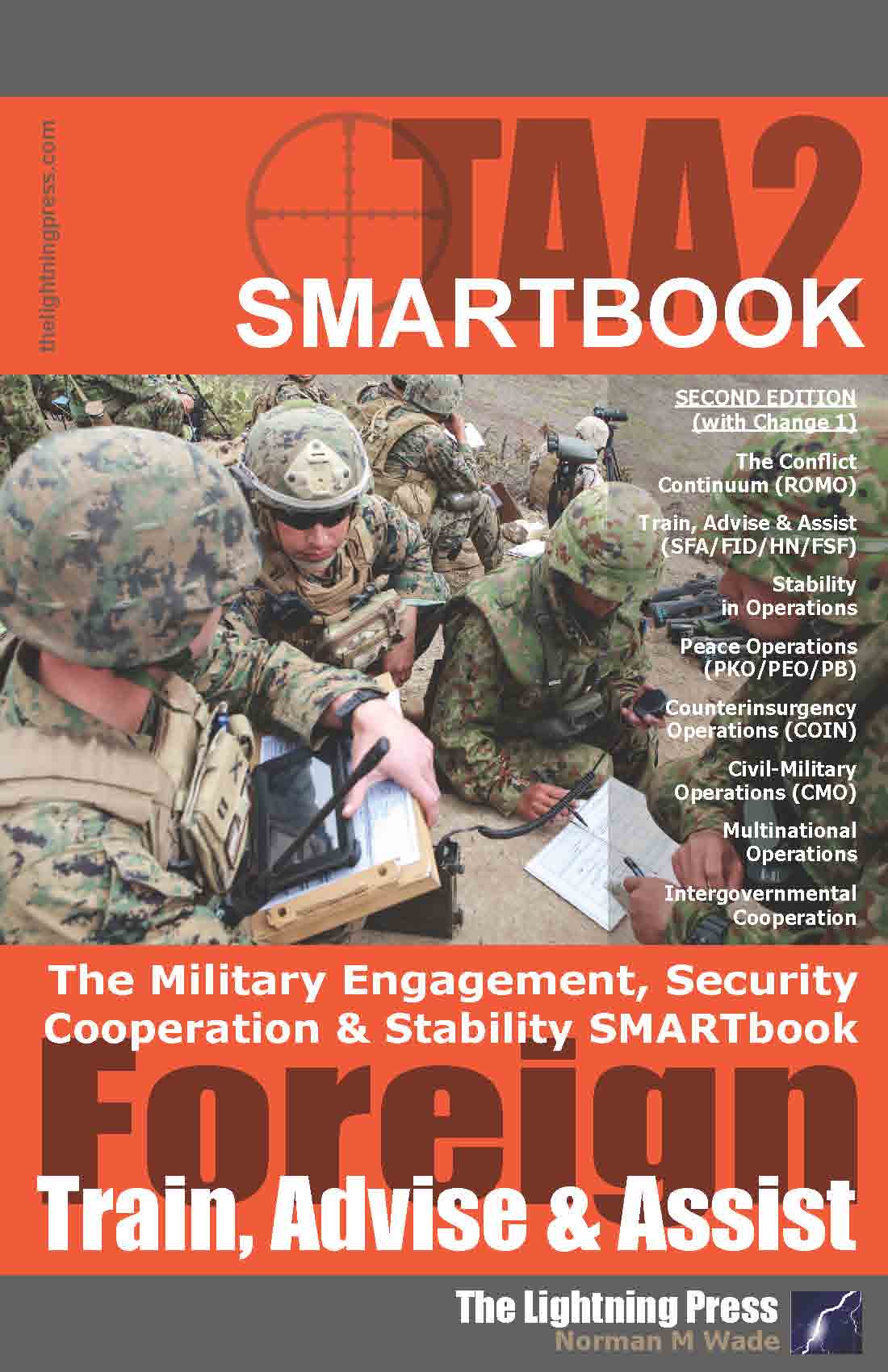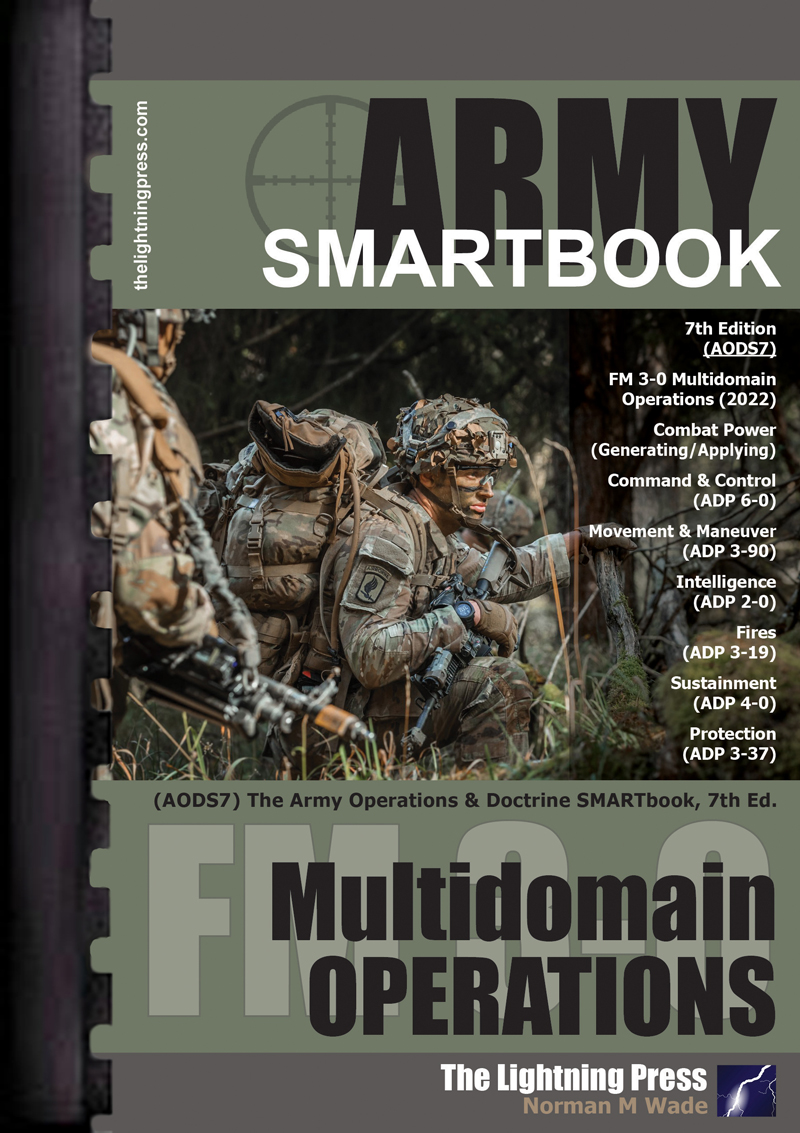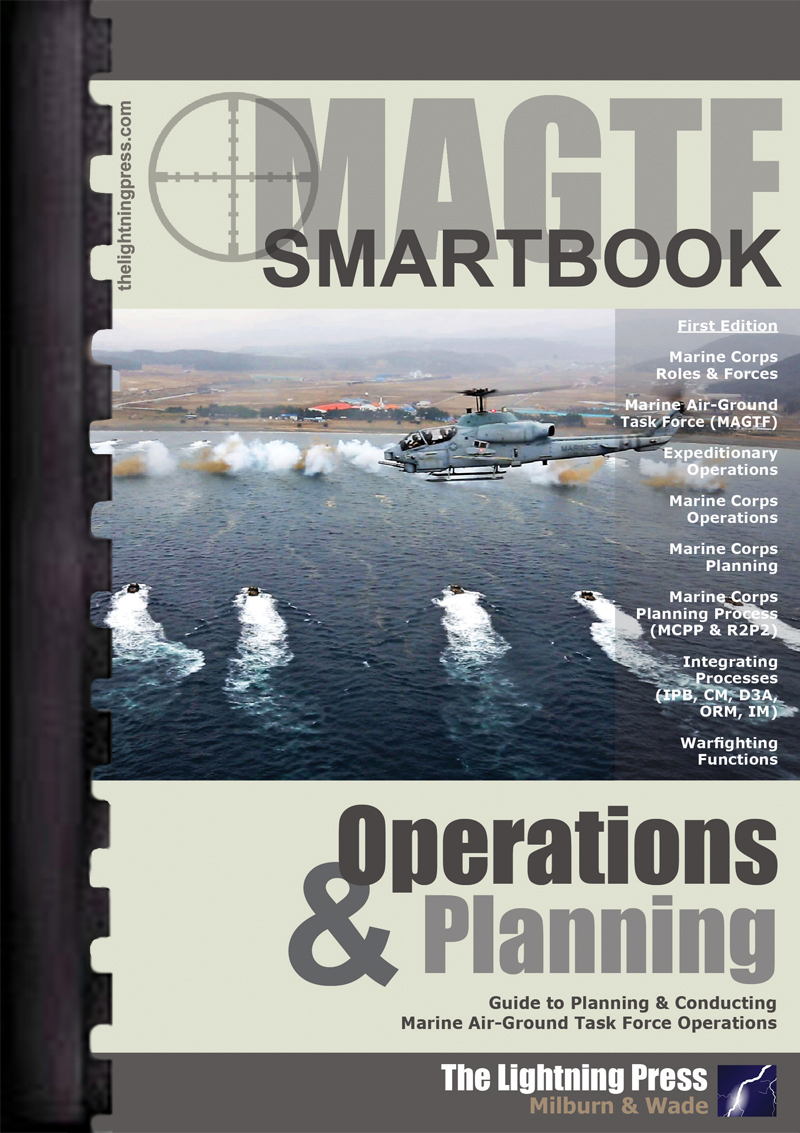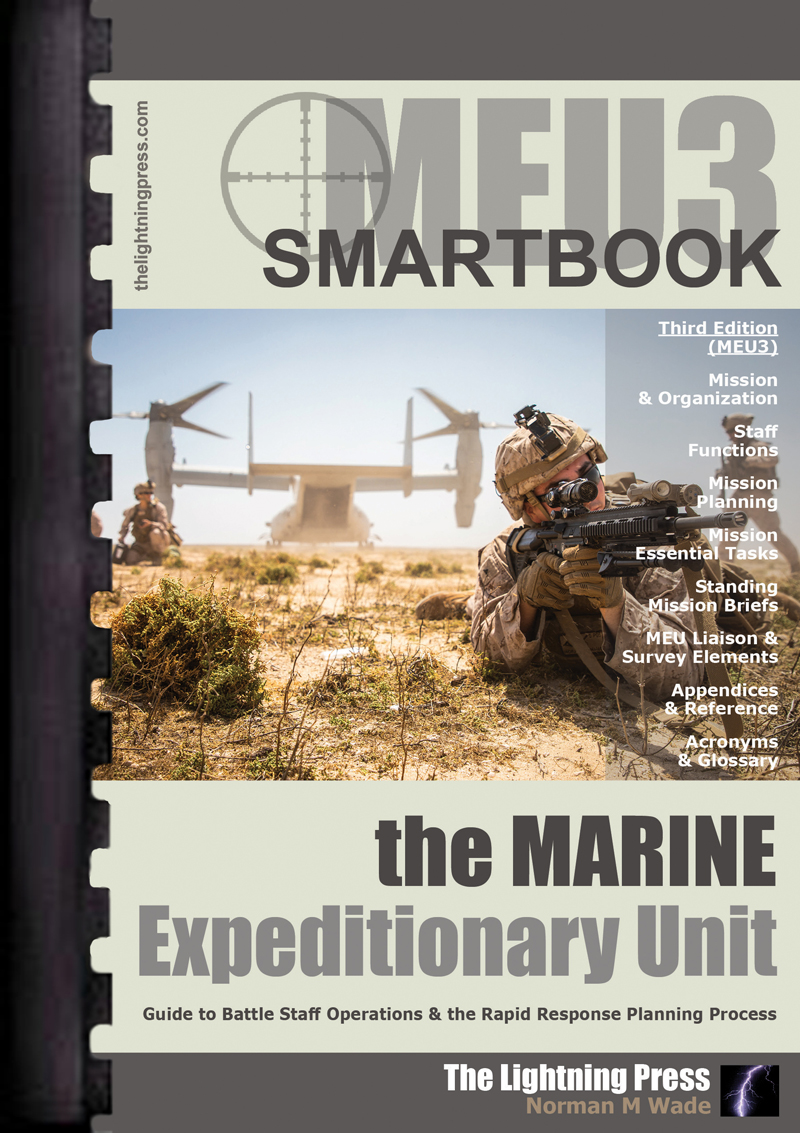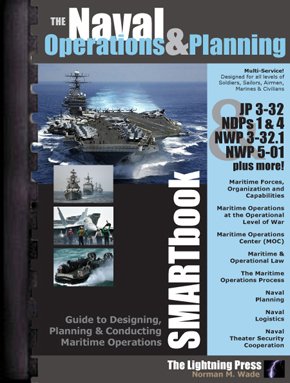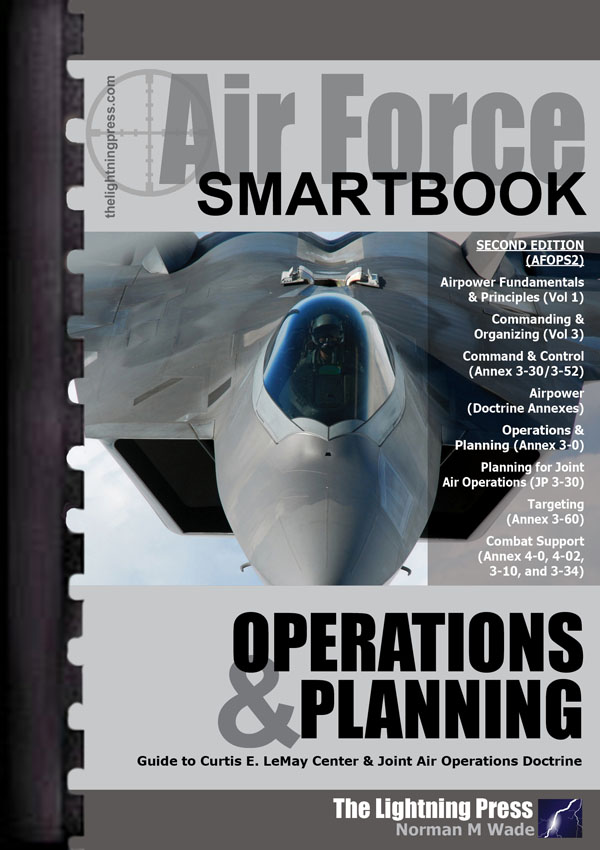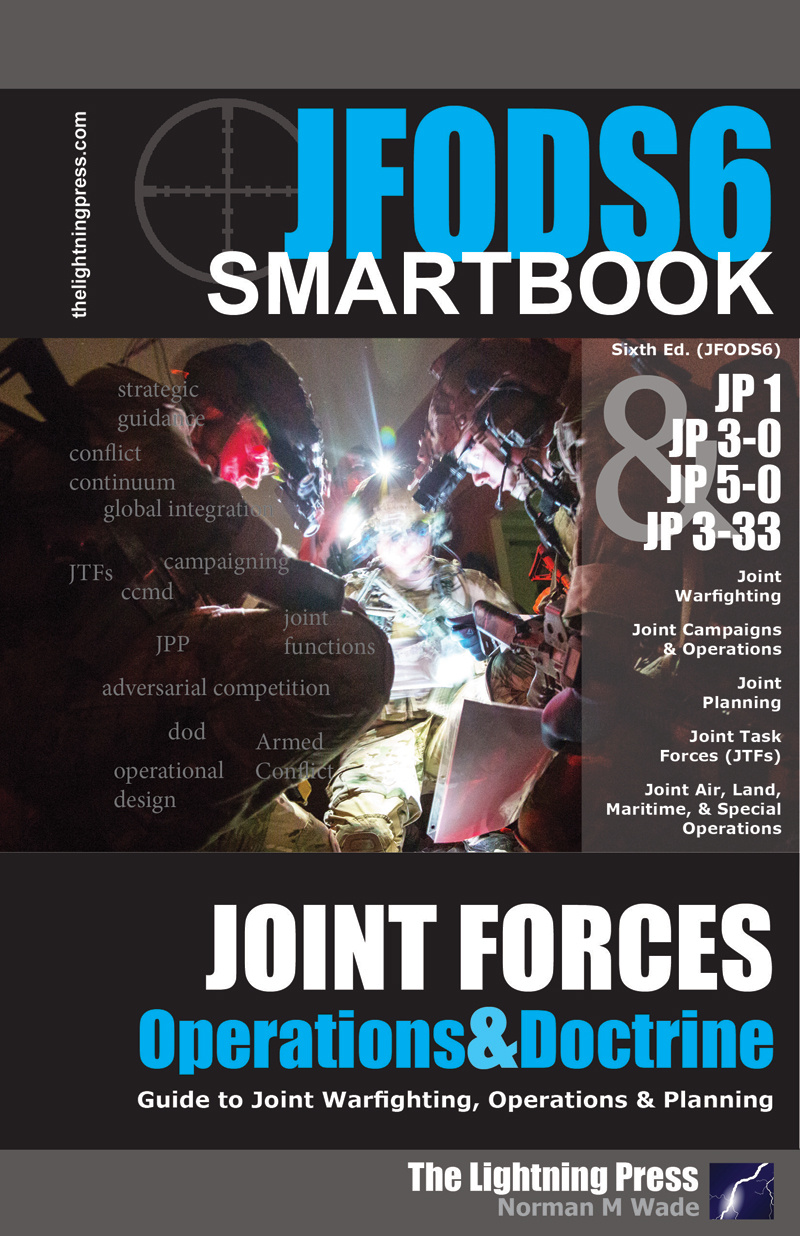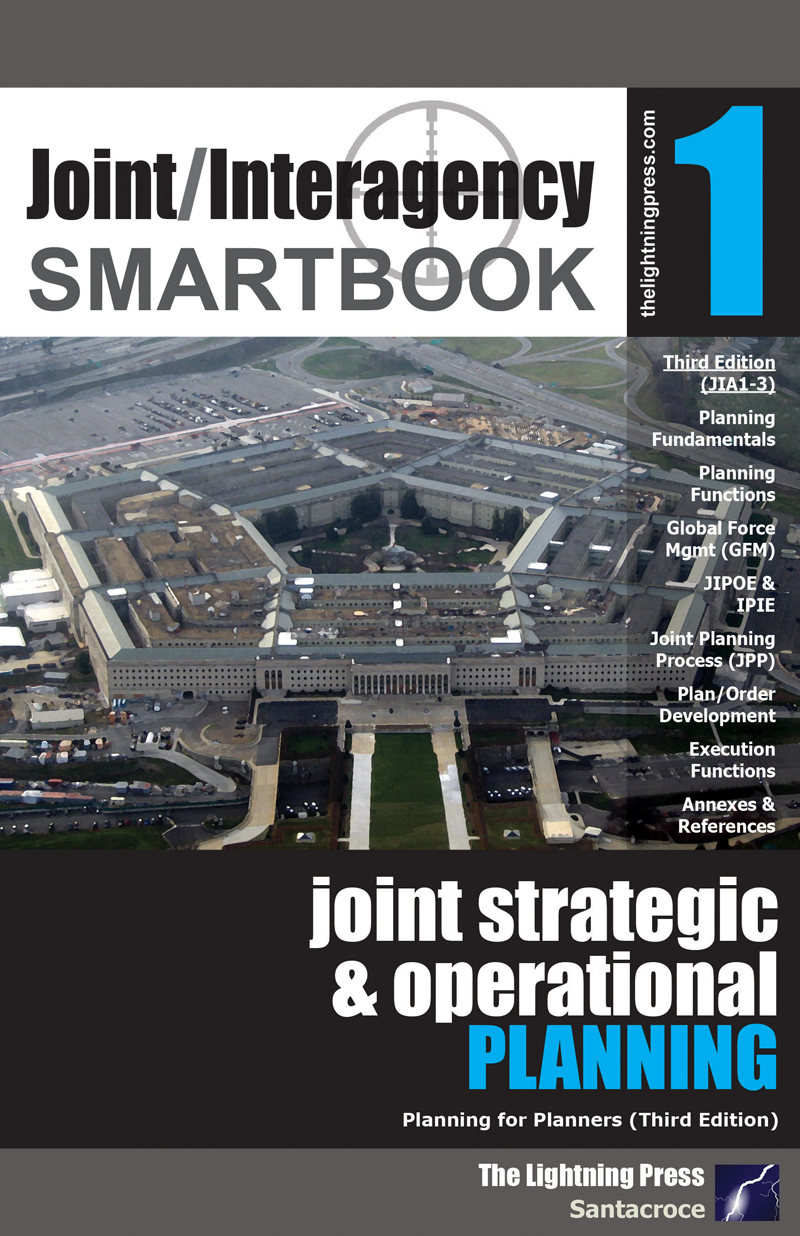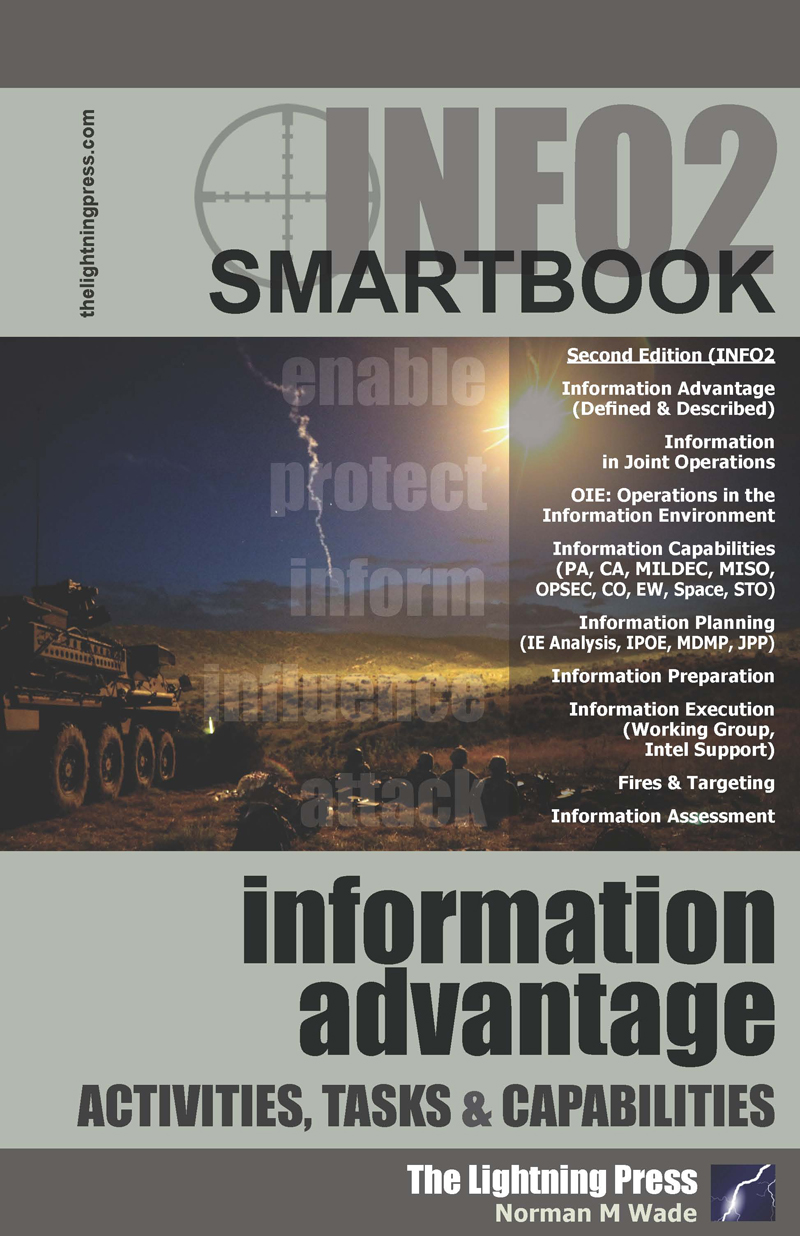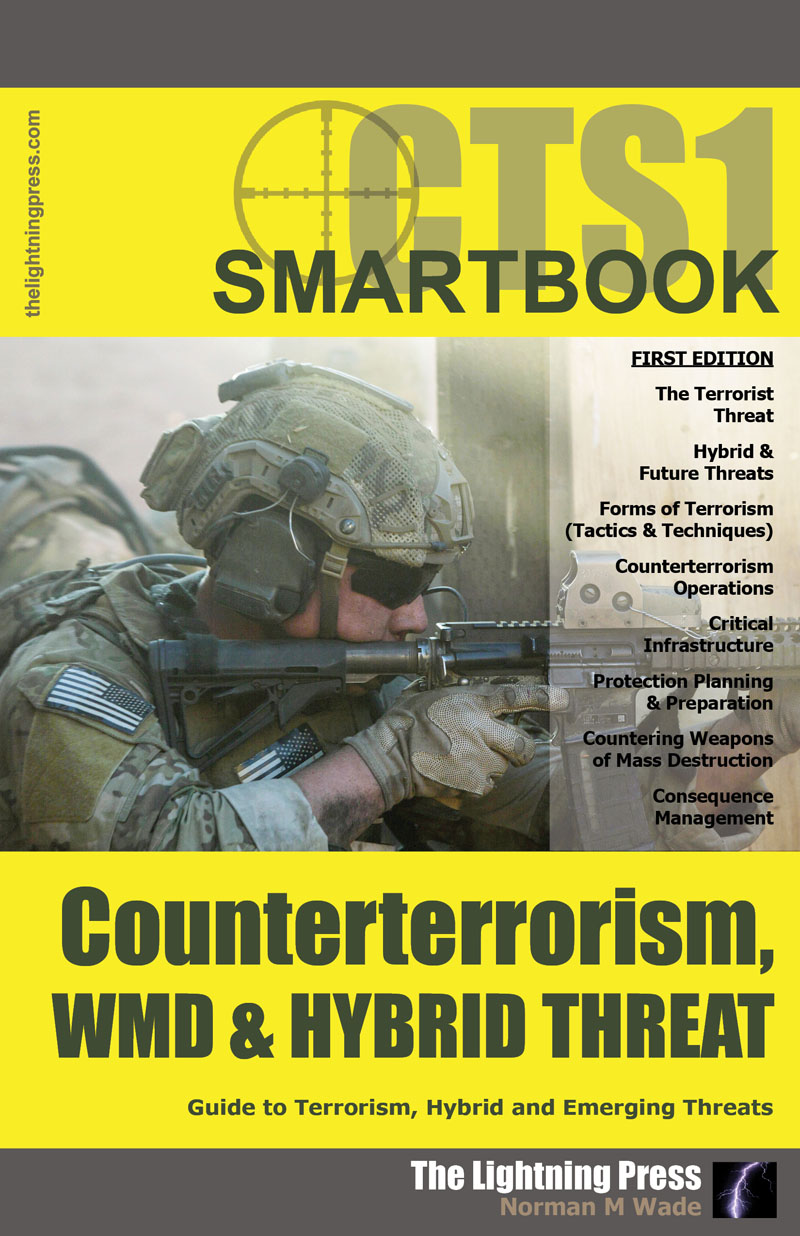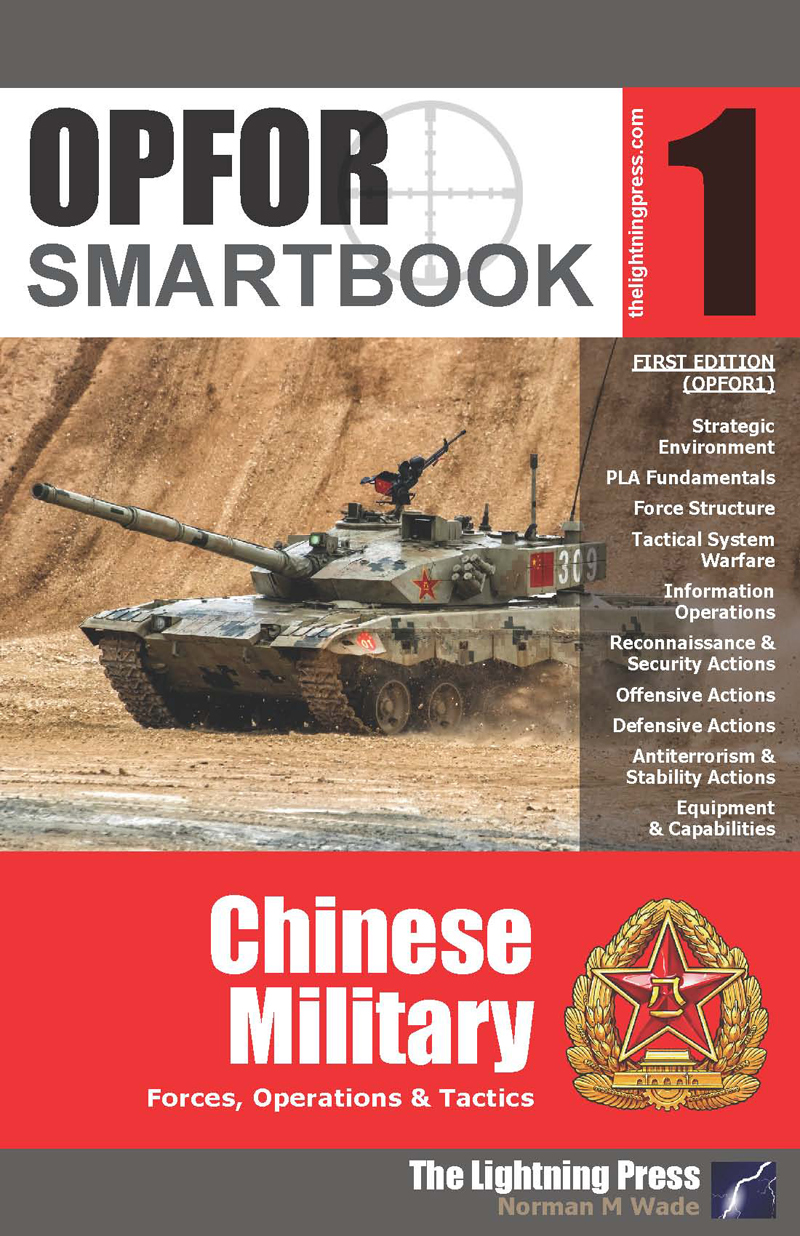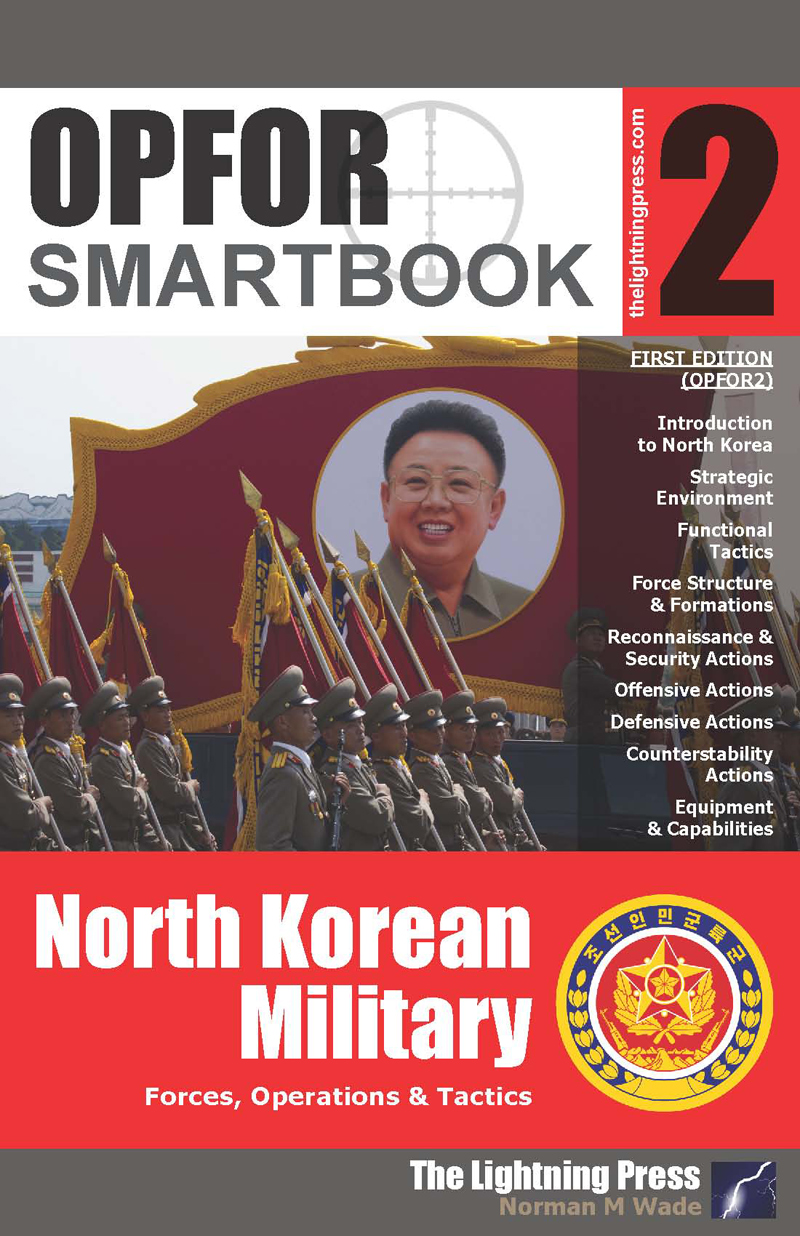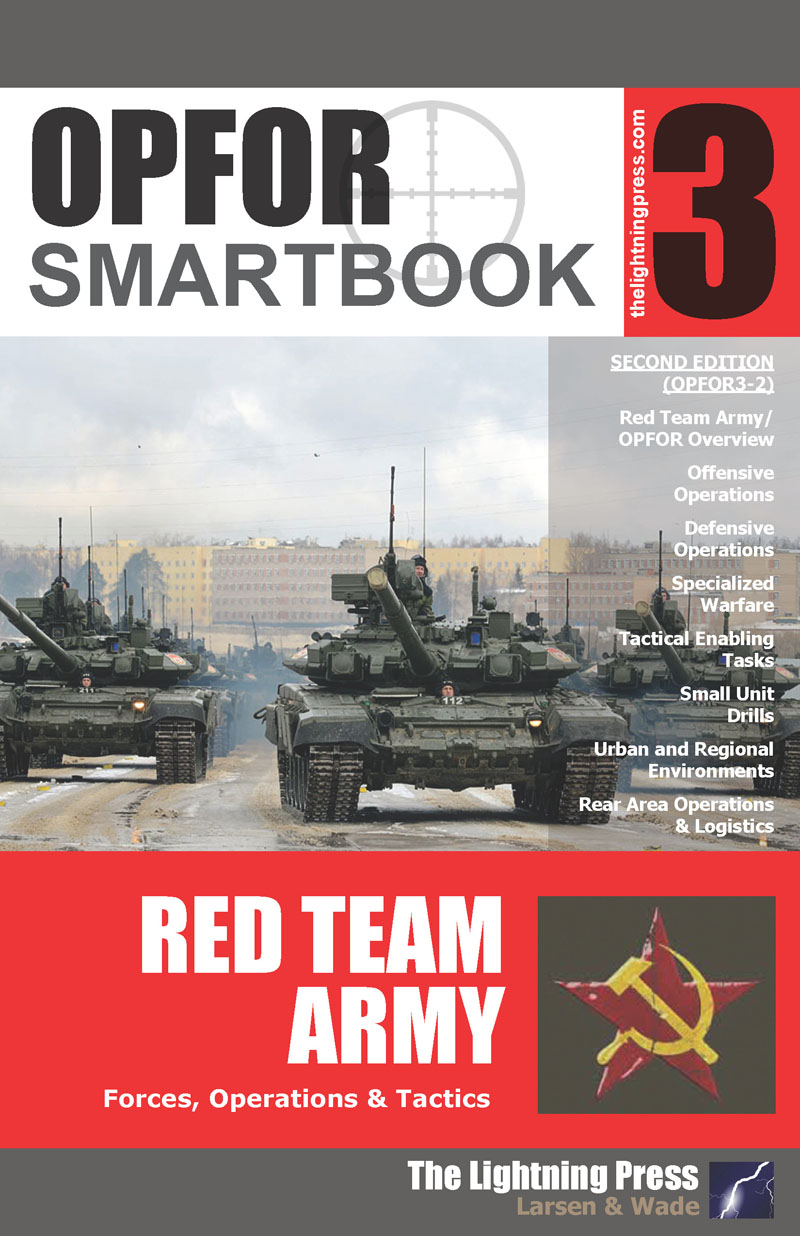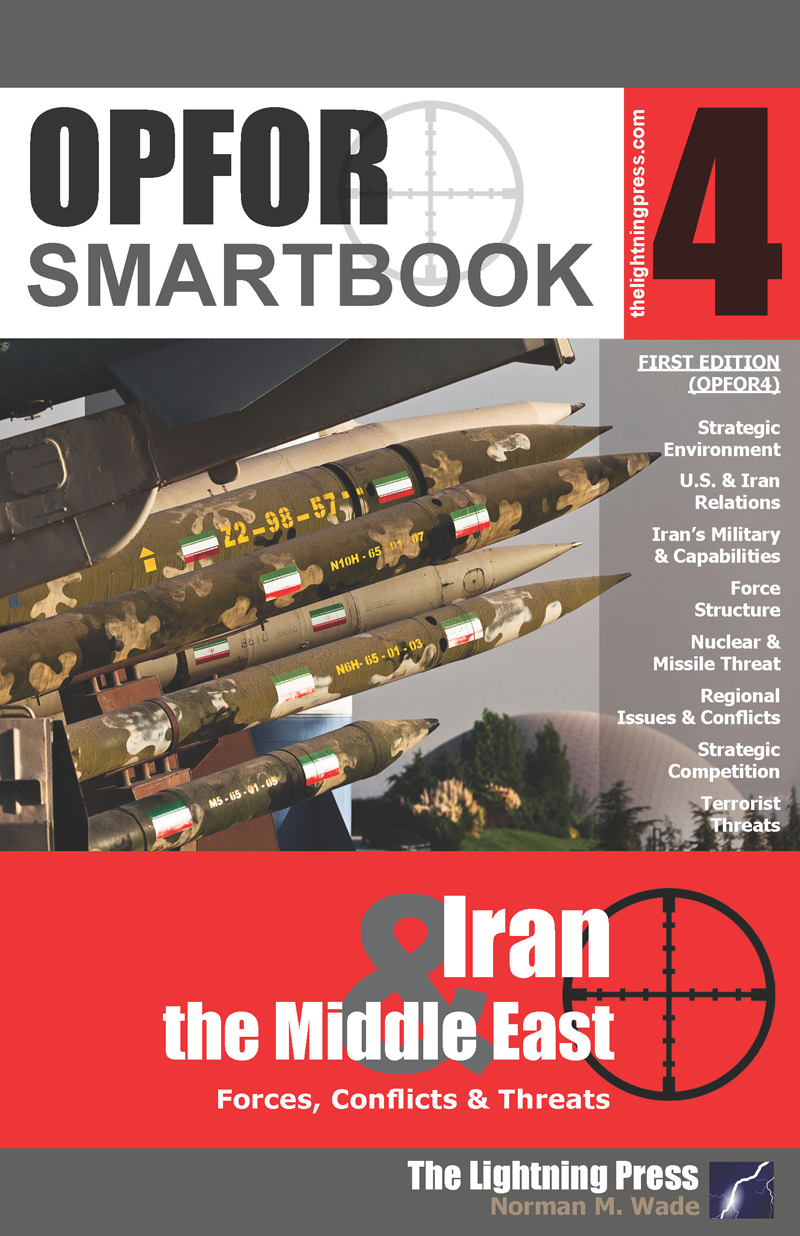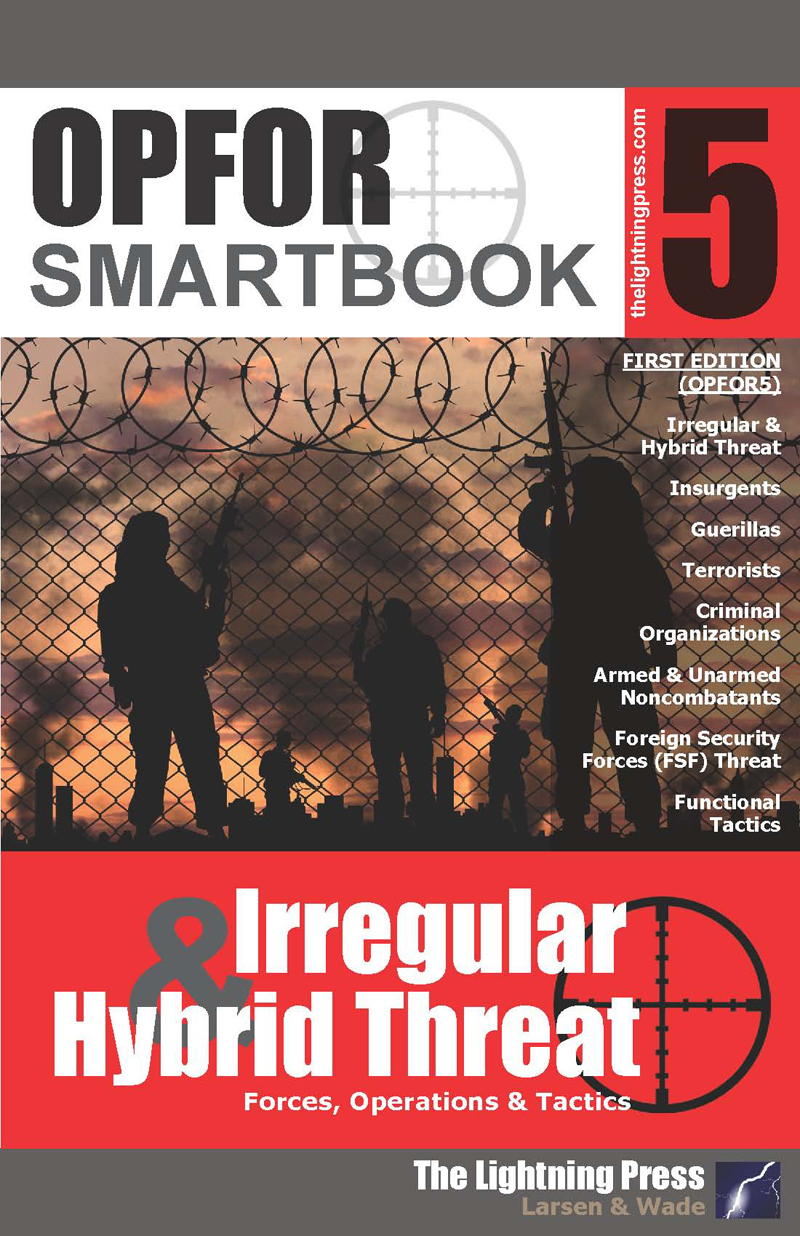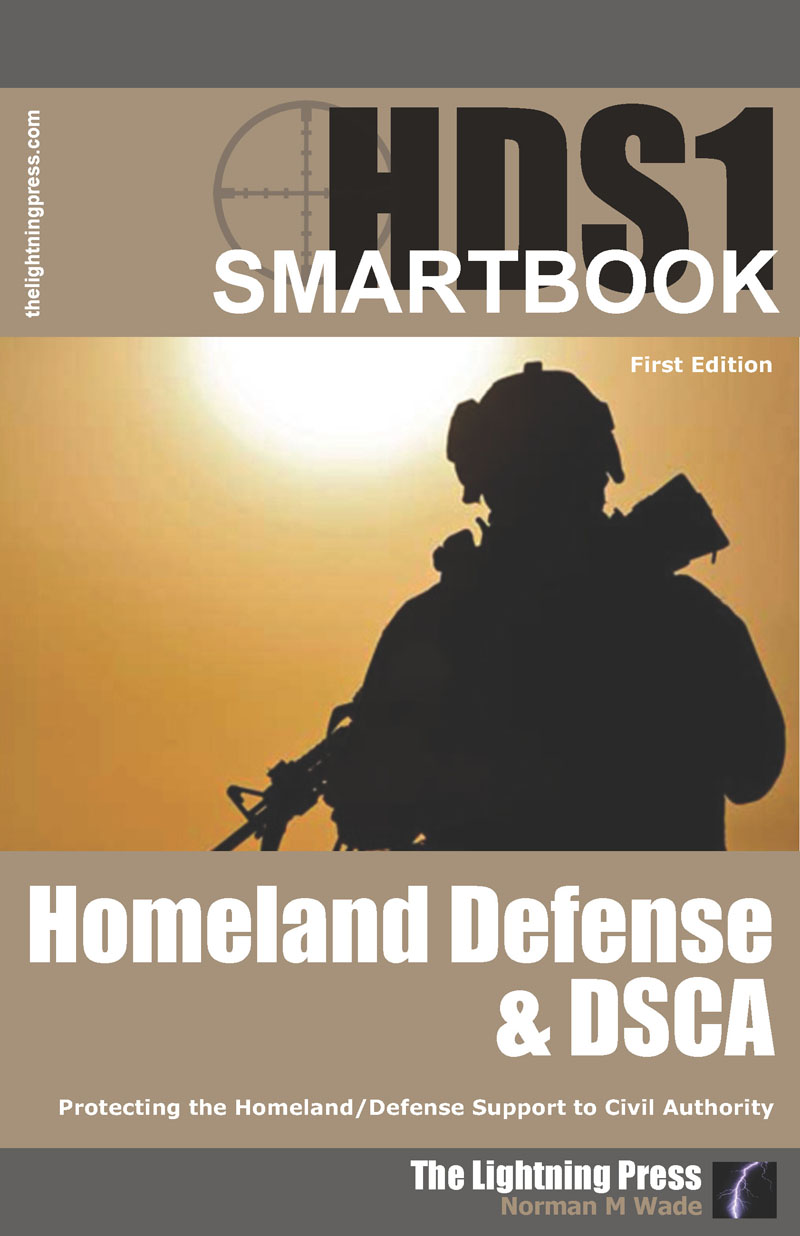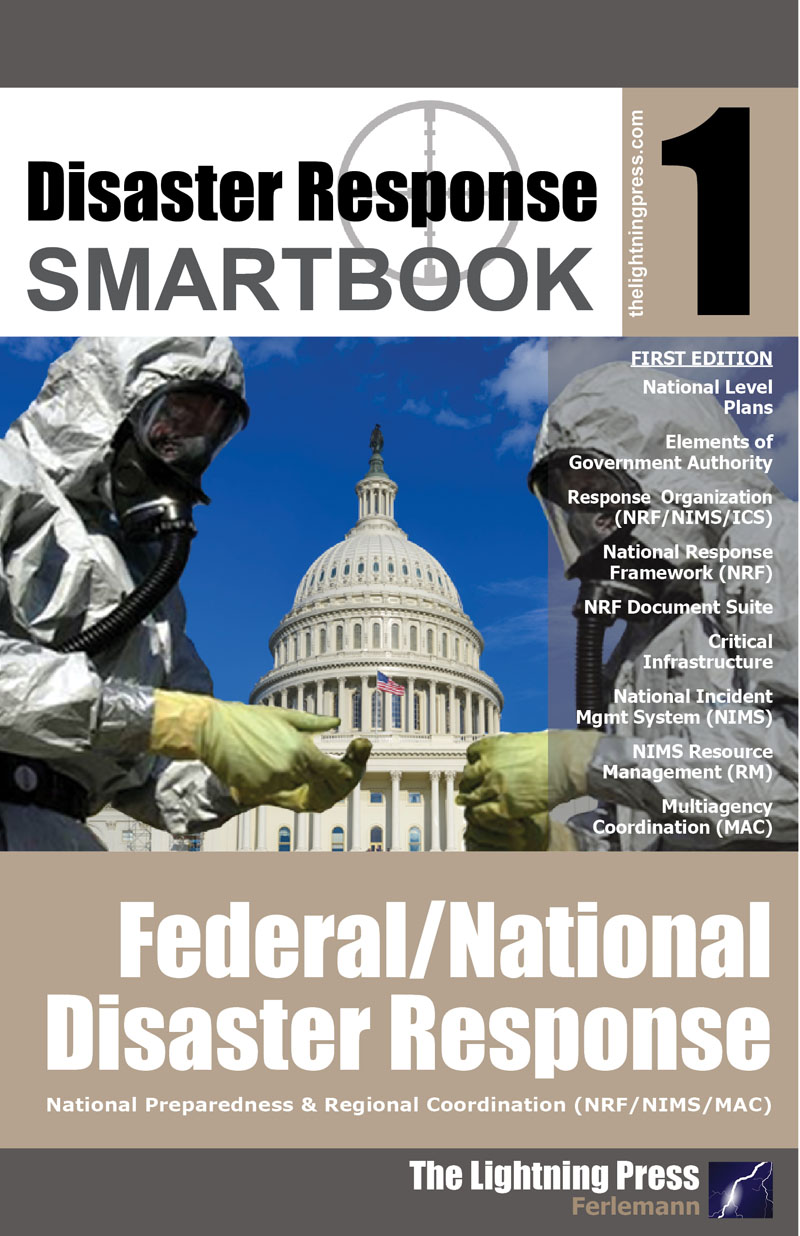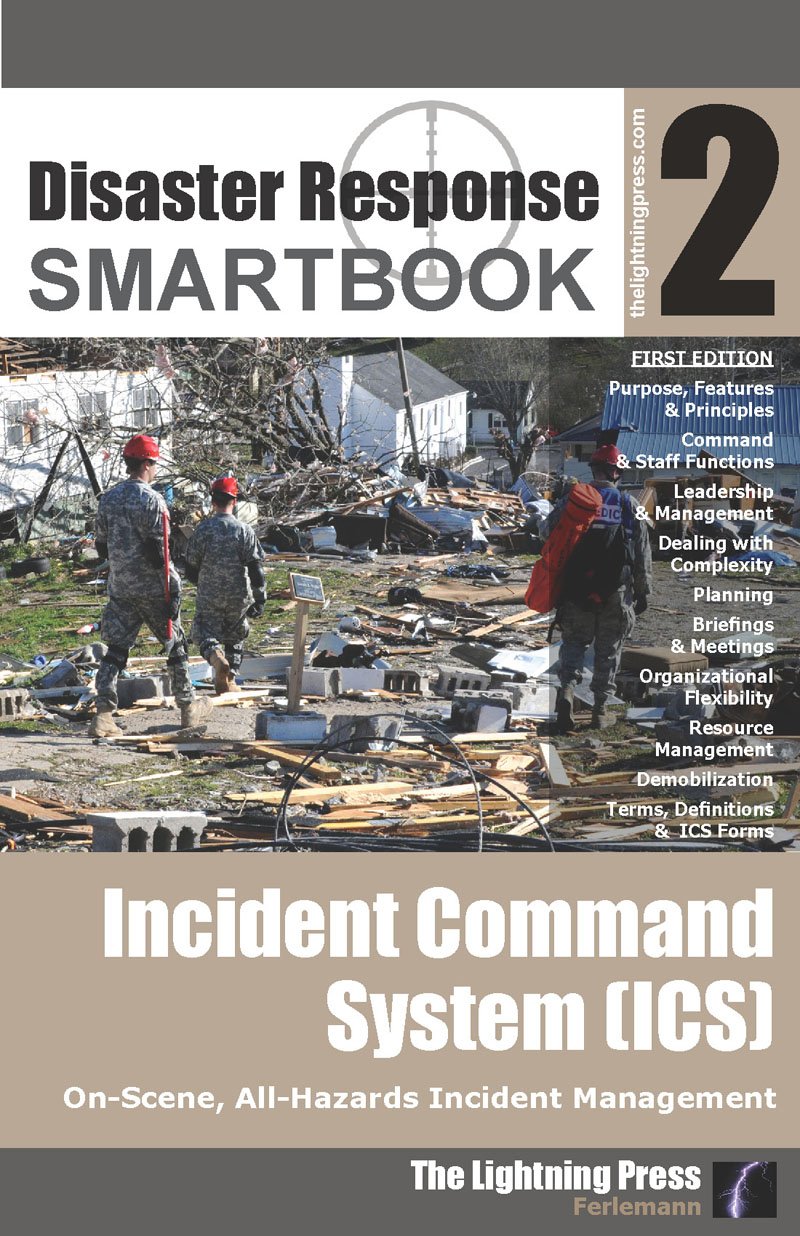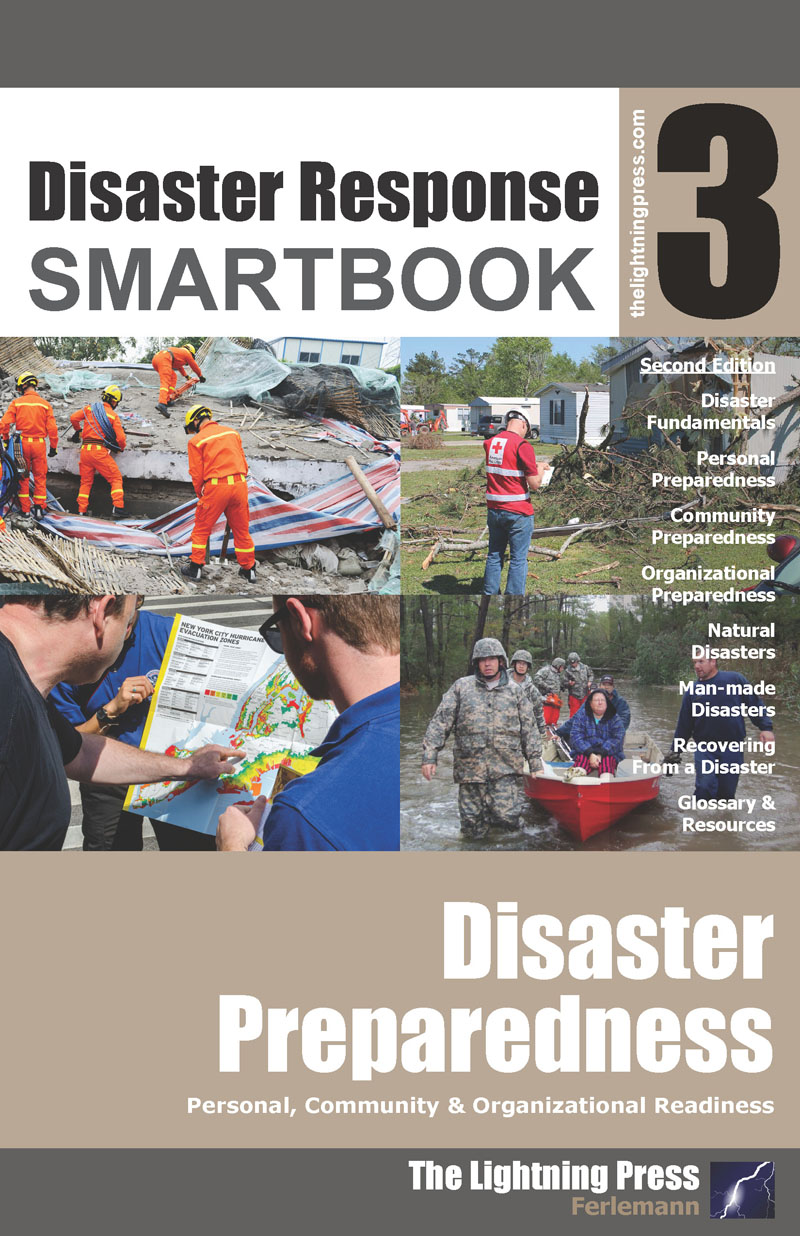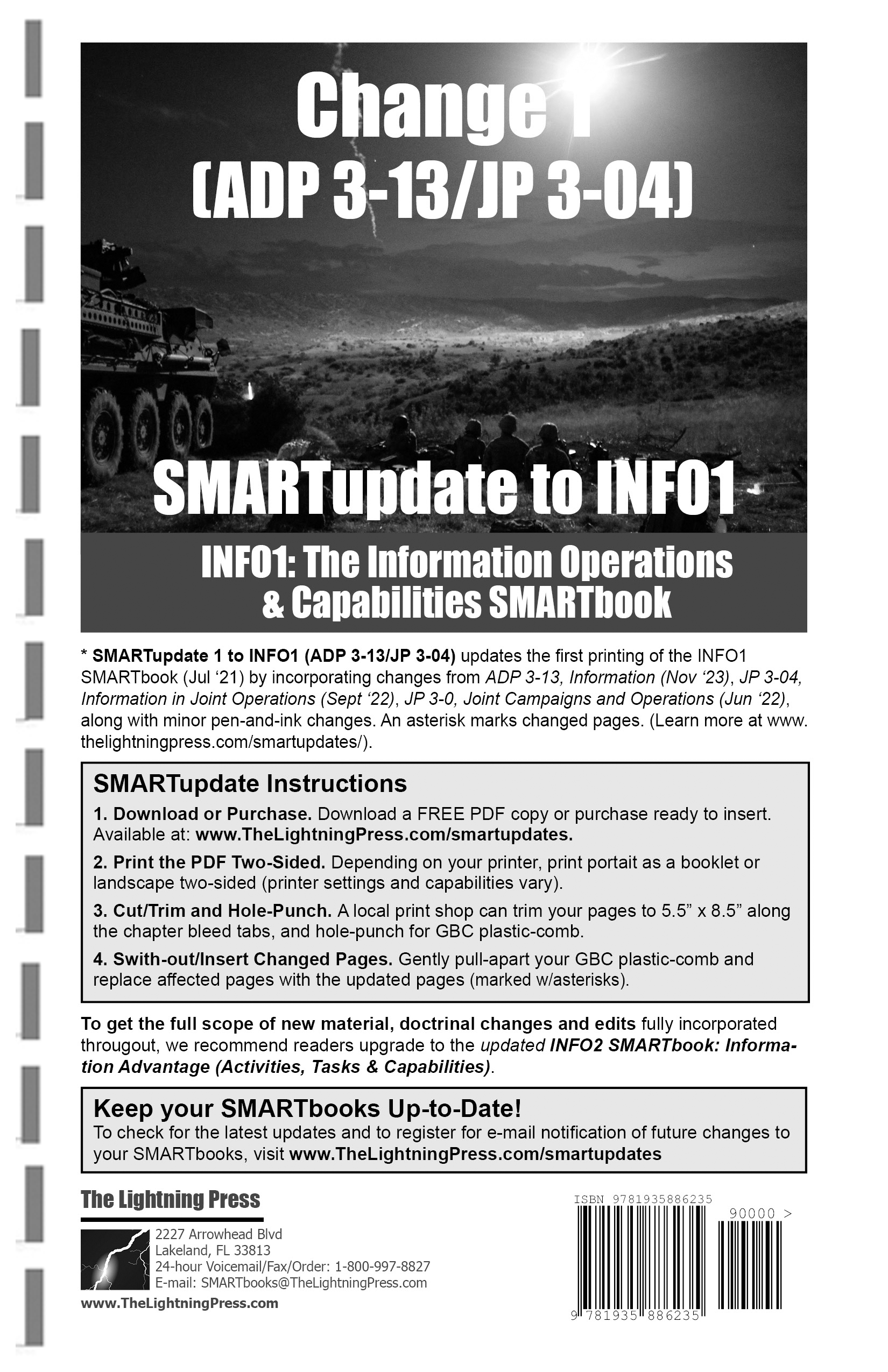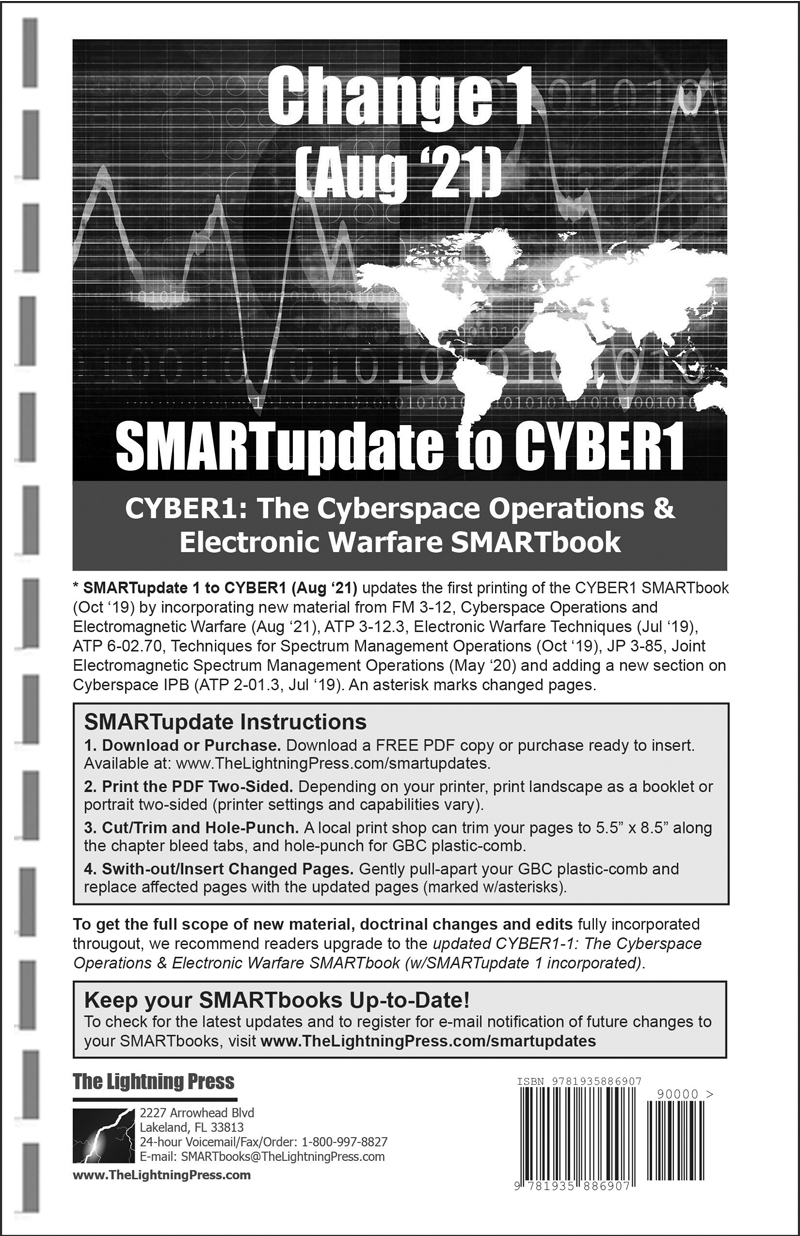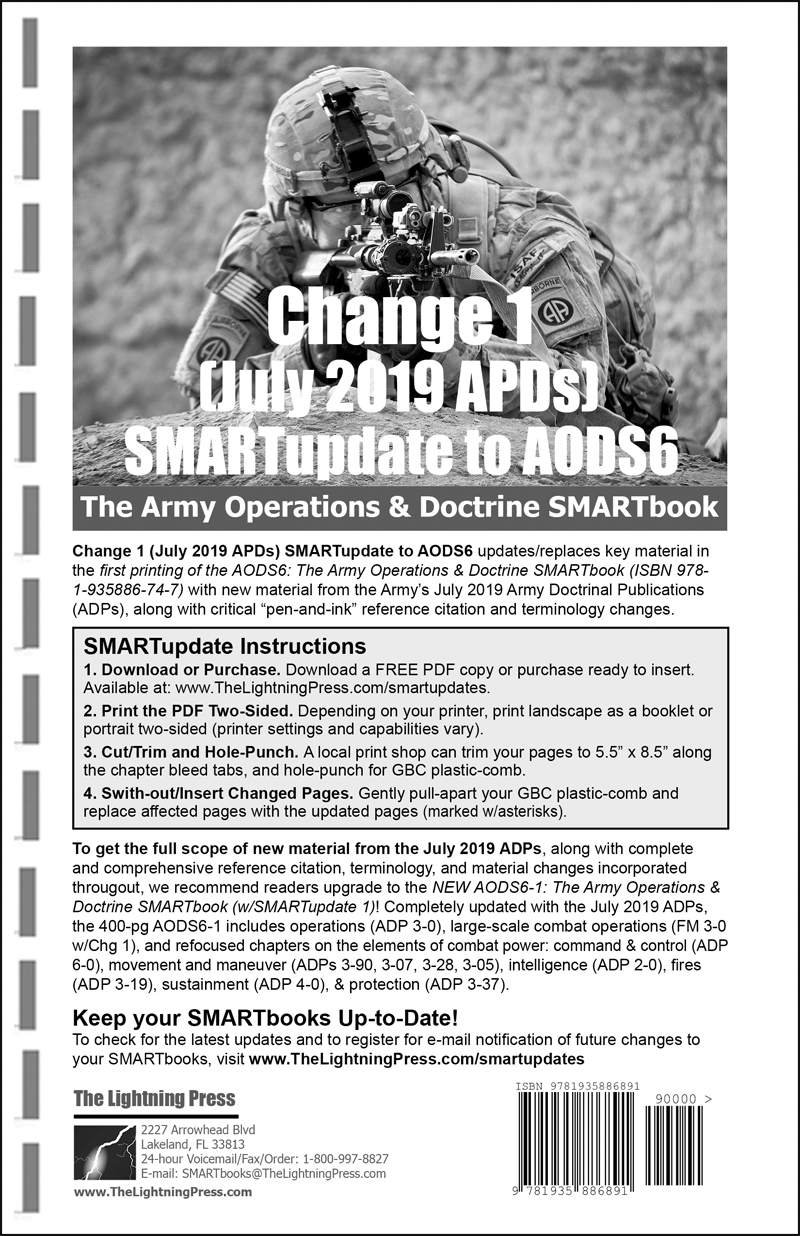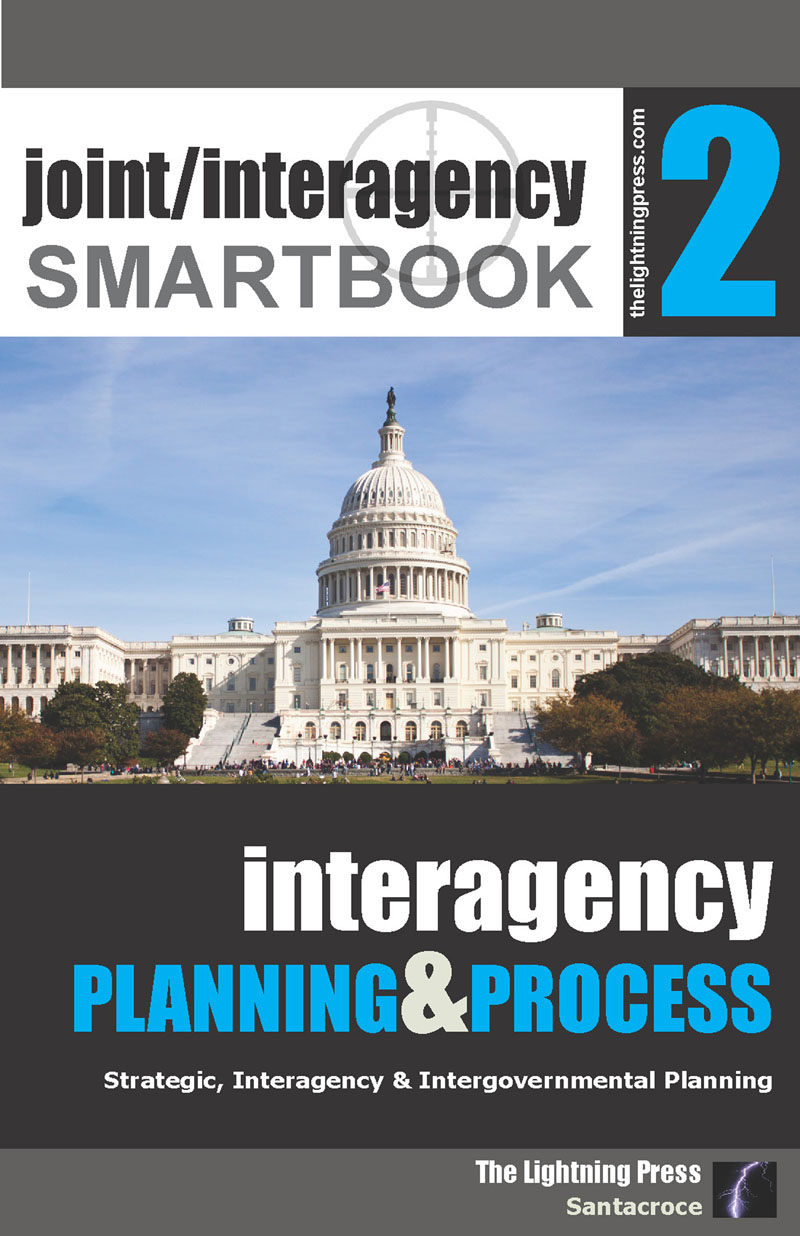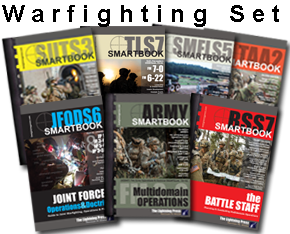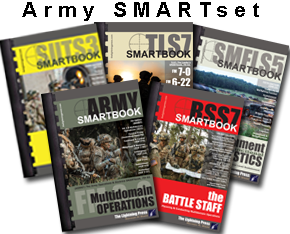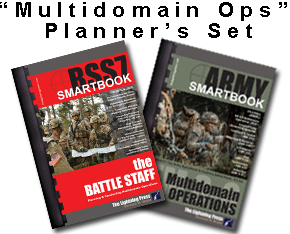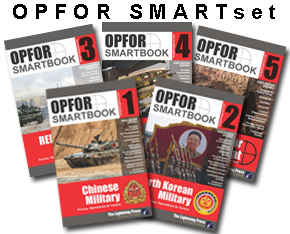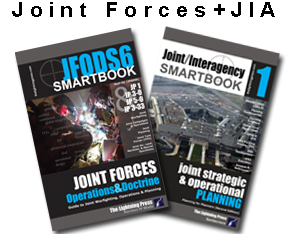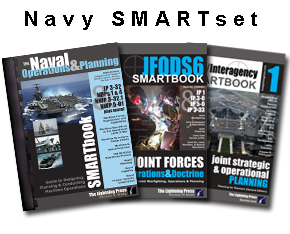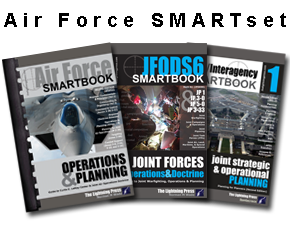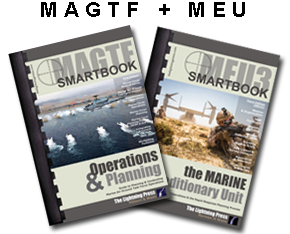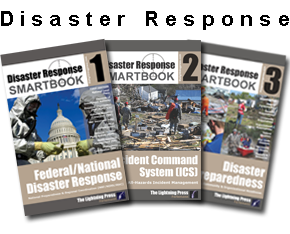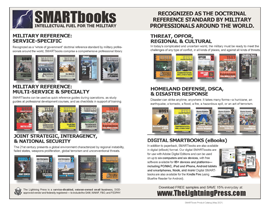The military decision-making process (MDMP) is an iterative planning methodology to understand the situation and mission develop a course of action, and produce an operation plan or order (ADP 5-0). Commanders with an assigned staff use the MDMP to organize and conduct their planning activities.
The MDMP is applicable across the range of military operations from military engagement, large scale combat operations, and security cooperation activities to crisis response. The military decision making process (MDMP) helps leaders apply critical and creative thinking to analyze a mission; develop, analyze, and compare alternative courses of action (COAs); select the best COA; and produce an operations plan (OPLAN) or operations order (OPORD). The seven steps of the MDMP are—
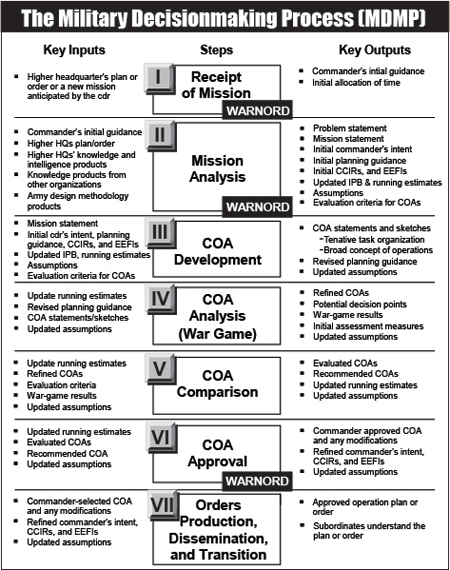
Army Design Methodology and the Military Decision-Making Process (MDMP)
Depending on the situation and the complexity of the planning effort, commanders can initiate Army design methodology (ADM) before conducting the MDMP. Army design methodology assists commanders and staffs in understanding an operational environment (OE), framing the problem, and developing an operational approach to solve or manage the problem. The understanding and products resulting from ADM can then guide more detailed planning during the MDMP.
Collaborative Planning
The MDMP facilitates collaborative planning as the higher echelon headquarters solicits input and continuously shares information concerning future operations with subordinate, adjacent, supporting and supported units, and with unified action partners through planning meetings, warning orders (WARNORDs), and other means. Commanders encourage active collaboration among all organizations affected by a pending operation to build a shared understanding of the situation, participate in COA development and decision making, and resolve conflicts before publication of a plan or order.
Preparation
The MDMP also drives preparation. Since time is a factor in all operations, commanders and staffs conduct a time analysis early in the planning process. This analysis helps them determine what actions are required and when those actions must begin to ensure forces are ready and in position before execution. This may require commanders to direct subordinates to start necessary movements, conduct task organization changes, begin information collection, and execute other preparation activities before completing the plan. These tasks are directed in a series of WARNORDs as the commander and staff conduct the MDMP.
Modifying the MDMP
The MDMP should be as detailed as time, resources, experience, and the situation permit. Performing all the steps of the MDMP is detailed, deliberate, and time-consuming. Commanders use the full MDMP when they have enough planning time and staff support to thoroughly examine multiple COAs and develop a synchronized plan or order. This typically occurs when planning for a new mission. Commanders may abbreviate the steps of the MDMP to fit time-constrained circumstances and produce a satisfactory plan.
The full MDMP provides the foundation on which planning in a time constrained environment is based. The advantages of using the full MDMP are—
The primary disadvantage of using the full MDMP is it can be resource intensive for both time and effort. The longer the higher headquarters spends planning, the less time it generally leaves for subordinates to plan and prepare for operations.
Editor’s note: Army leaders employ several methodologies for planning, determining the appropriate mix based on the scope and understanding of the problem, time available, and availability of a staff. Army planning methodologies include the Army design methodology (ADM), military decision-making process (MDMP), troop leading procedures (TLP), rapid decision-making and synchronization process (RDSP), and Army problem solving. All five planning methodologies are discussed in The Battle Staff SMARTbook.
The military decision-making process (MDMP) is covered extensively in BSS7: The Battle Staff SMARTbook, 7th Ed. (Planning & Conducting Multidomain Operations) with six pages overviewing the MDMP, four pages on mission receipt (step I), 16 pages on mission analysis (step II), 12 pages on COA development (step III), 12 pages on COA analysis and war-gaming (step IV), four pages on COA comparison (step V), two pages on COA approval (step VI), two pages on orders production (step VII) and two pages on planning in a time-constrained environment.
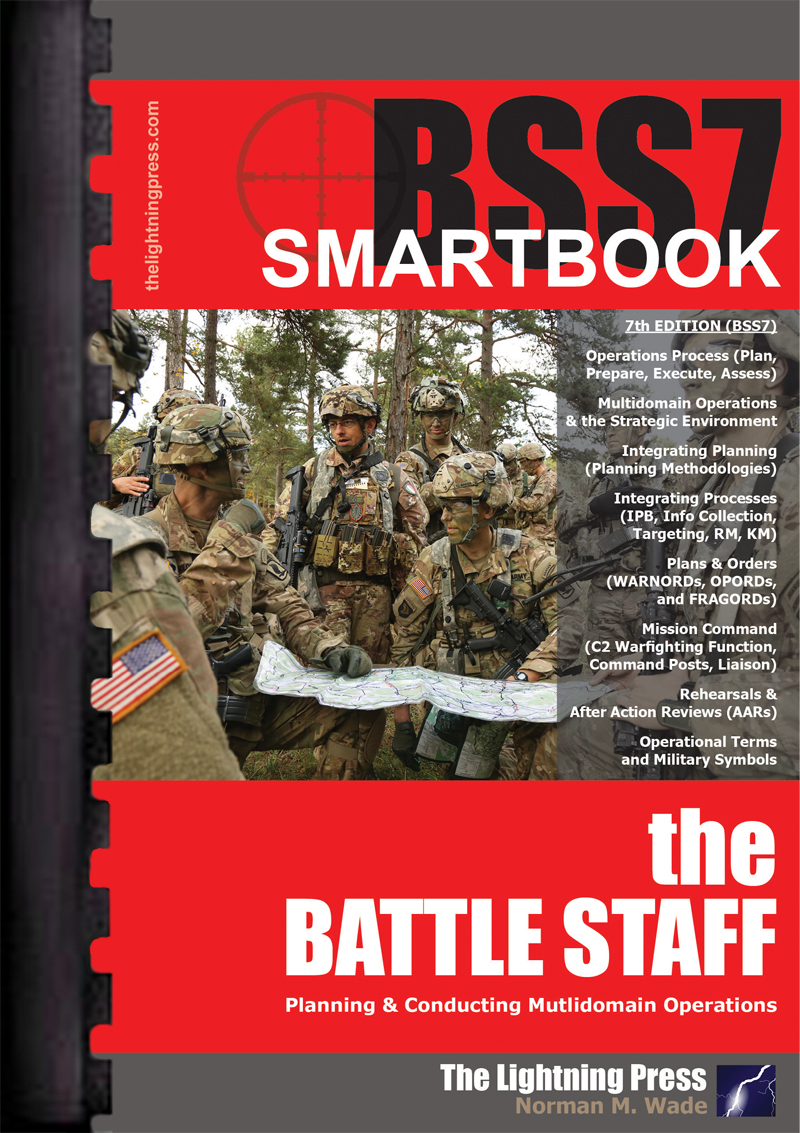 This article is an extract from "BSS7: The Battle Staff SMARTbook, 7th Ed. (Planning & Conducting Multidomain Operations)" by The Lightning Press. Download a free PDF sample and learn more at: BSS7: The Battle Staff SMARTbook, 7th Ed. (Planning & Conducting Multidomain Operations).
This article is an extract from "BSS7: The Battle Staff SMARTbook, 7th Ed. (Planning & Conducting Multidomain Operations)" by The Lightning Press. Download a free PDF sample and learn more at: BSS7: The Battle Staff SMARTbook, 7th Ed. (Planning & Conducting Multidomain Operations).
Browse additional military doctrine articles in our SMARTnews Blog & Resource Center.
About The Lightning Press SMARTbooks. Recognized as a “whole of government” doctrinal reference standard by military, national security and government professionals around the world, SMARTbooks comprise a comprehensive professional library. SMARTbooks can be used as quick reference guides during operations, as study guides at education and professional development courses, and as lesson plans and checklists in support of training. Browse our collection of Military Reference SMARTbooks to learn more.


